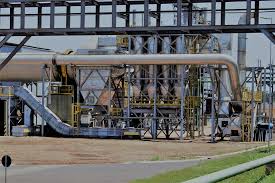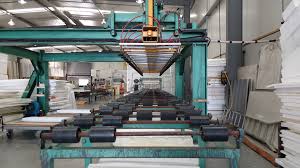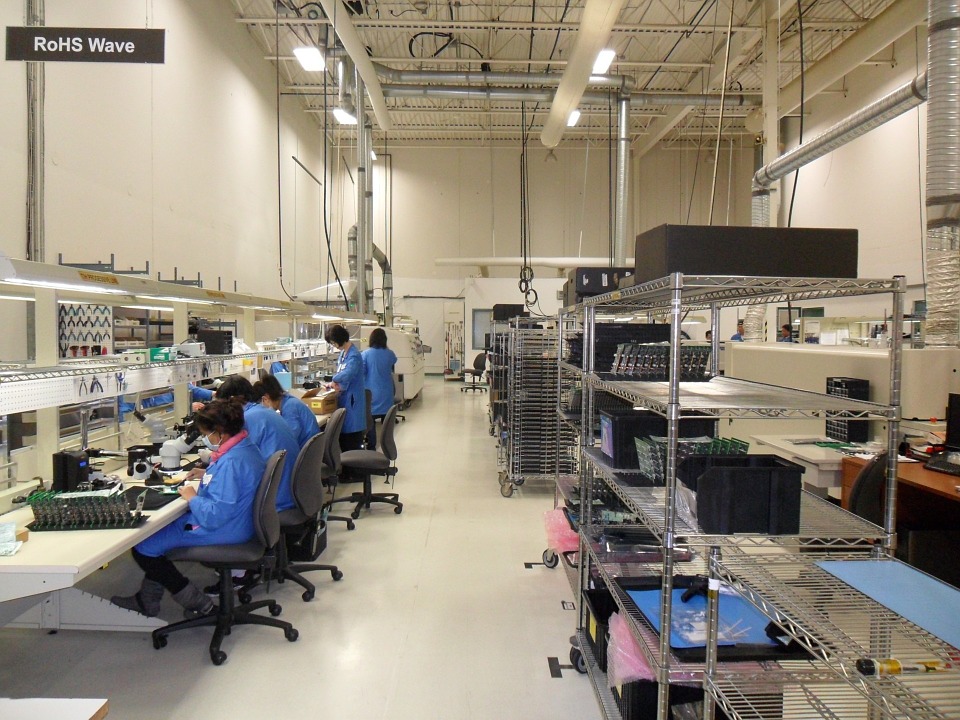The manufacturing business is all about improving working efficiency. Constantly developing the technologies used and changing how you do things is key in manufacturing operations. These changes are often inspired by the need to offer customers quality products or reduce their operational costs. In an attempt to remain competitive and increase their bottom line, most manufacturers today are shifting to smart manufacturing practices.
Benefits of Smart Manufacturing

Going smart presents a variety of benefits to manufacturers. A key driver towards the adoption of smart manufacturing is its ability to help manufacturers to produce more with less, and this is expected to drive considerable efficiency gains in many industries. Here are other operational benefits offered by smart manufacturing.
Improved Data Monitoring
Smart manufacturing makes it a lot easier for manufacturers to collect and monitor key operational metrics. This makes it easy for managers and the production teams responsible for developing production plans to make informed decisions. Having streamlined and automated data informs goal setting, as managers understand key performance indicators better.
Maintenance
Smart manufacturing can also help inform maintenance decisions. This is especially true for companies that rely on preventive maintenance. With an intelligent system and manufacturing data, it becomes a lot easy for a manager to identify an under-performing system. As a result, the maintenance team can work on the problems before they lead to costly downtime.
Enhanced Productivity
A key reason why smart manufacturers are believed to be the future of manufacturing is their ability to improve the company’s productivity. Companies that have successfully implemented smart manufacturing confirm that these systems are key to improving the throughput. All systems are interconnected, and data is readily available in any smart system. This means that manufacturers can easily make key adjustments to improve their production volume.
Improved Working Environments

Manufacturers face several employee-related challenges ranging from safety issues to ballooning labor costs. Thus, automating your production system greatly aids in improving workplace safety. It also means that you can do a lot more with fewer employees, which makes it easy for employers to free a significant amount of resources.
Manufacturers who have been able to implement smart technologies enjoy a significant competitive edge over companies that still rely on traditional production methods. Smart manufacturing technologies, however, are not easy to implement. Thus, manufacturers are obliged to work with experts who have significant experience in helping companies through this transition.…

